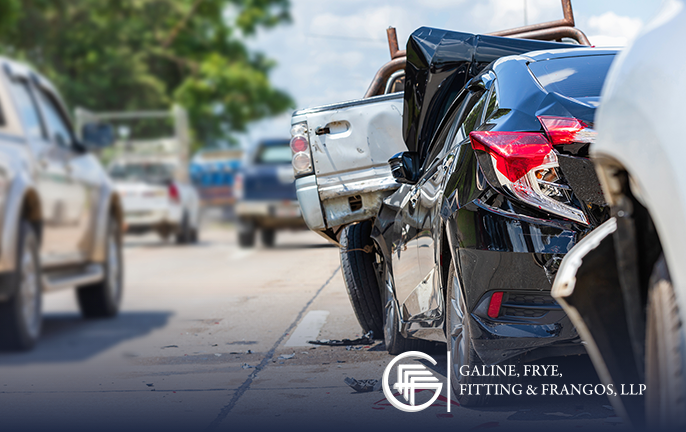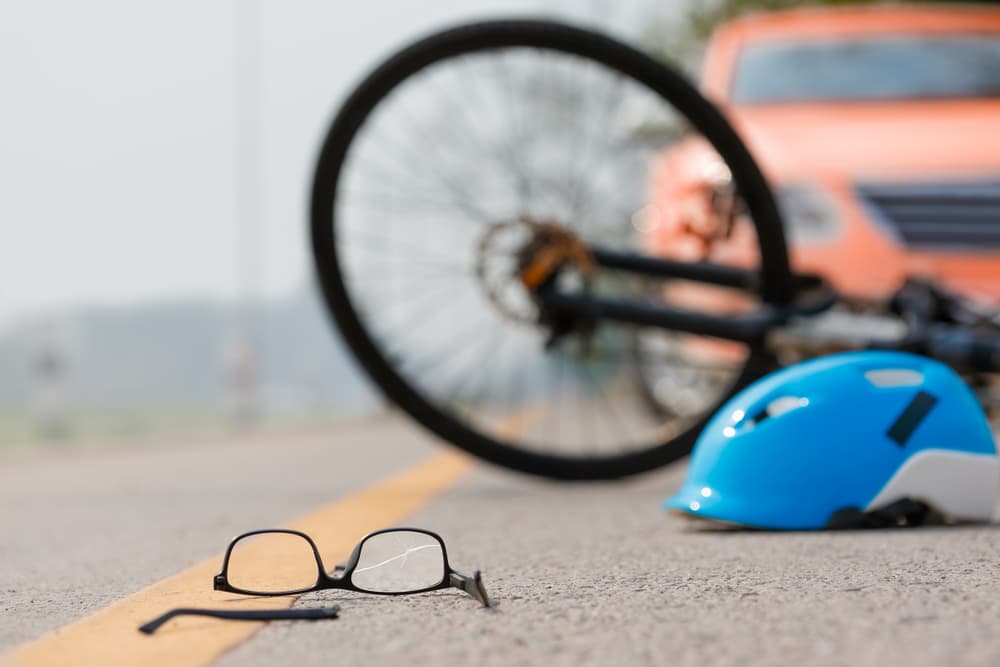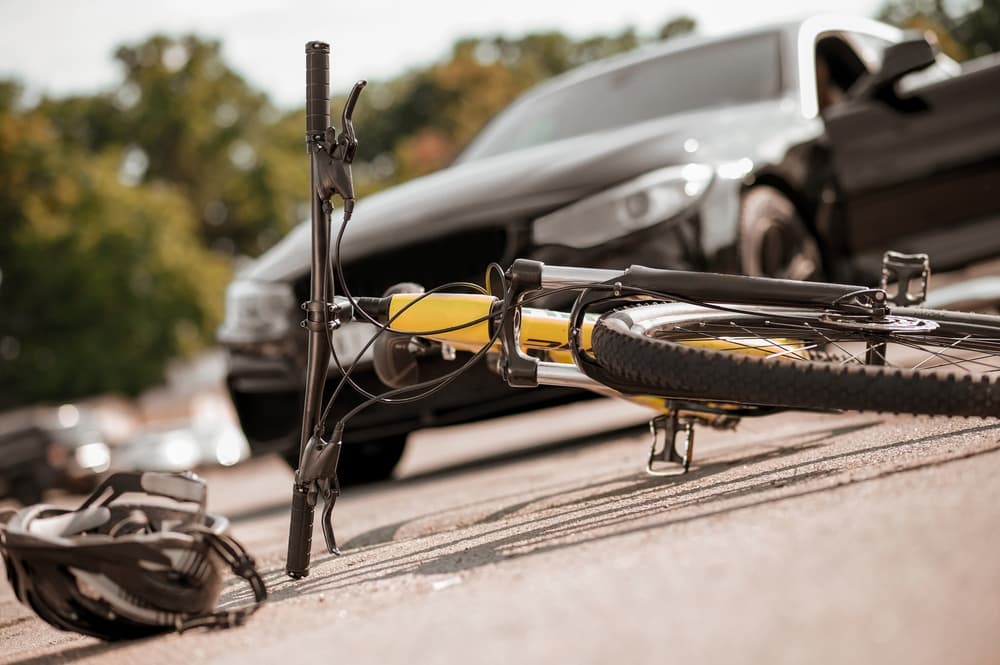A bicyclist injured in a crash during a charity road race successfully managed to revive his case after a trial court had previously issued a summary judgment against him. The bicyclist’s defeat had arisen from his lack of proper evidence in opposition to that summary judgment motion, which was the result of the bicyclist having an attorney who was unable to perform properly due to a serious pulmonary illness. The First District Court of Appeal recently upheld the lower court’s decision to revive the case. The bicyclist’s ability to continue pursuing compensation for the damages he suffered highlights the importance of responding properly when faced with unexpected events that you could not necessarily anticipate but that could damage or destroy your case.
The accident took place during the Holstein 100, a Northern California charity bicycle road race covering parts of Sonoma and Marin Counties, which was held to raise money for West Marin Senior Services. C.M. decided to participate, but he never made it to the finish line. While riding down a hill along Western Avenue in Petaluma, he crashed and fell. C.M. remembered nothing except waking in the hospital. However, C.M.’s friend, C.E., saw C.M.’s bicycle strike a pothole, which caused the crash.
C.M. sued the City of Petaluma for the dangerous condition of the street and the injuries he suffered as a result. The city argued that the injured man should not be allowed to pursue his case. C.M. did not remember the accident, so he had no proof of a dangerous condition. C.M. opposed the city’s request for summary judgment. As proof to back up his position, he had some low-resolution photographs, the police report containing C.E.’s statement about the pothole, and an expert witness statement from an engineer who opined that a defect in the road surface caused the accident. The trial court ultimately granted the city’s motion. The arguments C.M. put up in opposition to the summary judgment request were, in places, ludicrous, and much of the evidence was not admissible. In the end, C.M. simply did not have enough admissible proof of a dangerous condition in the street.
Sometimes, an injured person can lose a summary judgment argument even though he has a valid claim for damages if certain other factors intervene. And when that happens, the law sometimes gives the injured person an avenue for seeking justice. In C.M.’s case, a month after the summary judgment defeat, his lawyer asked the trial court for something called “discretionary relief” from the judgment in favor of the city. C.M.’s lawyer provided evidence that, while preparing for and submitting C.M.’s opposition to the city’s summary judgment motion, he was in the midst of a serious health crisis. The illness caused him to travel to a hospital by ambulance on multiple occasions, and the medication he began taking for his condition further diminished his abilities, but he was unable to recognize just how impaired he was. As part of this motion, and in addition to the proof surrounding the lawyer’s medical crisis, C.M.’s counsel offered a great deal of additional evidence about the accident, including the required foundation to make the expert engineer’s opinion admissible, a more detailed statement from C.E., and better photographs. C.M. was also armed with an additional witness, a man who lived near the location of the accident.
The trial judge concluded that, if he had all of the evidence before him from the beginning, he never would have granted the city’s request for summary judgment. Based upon the full array of evidence now before the court, the judge granted the injured rider’s request, which effectively revived his case against the city.
The city appealed but lost, meaning that C.M. was allowed to go forward with his injury case. When a trial court decides to award the sort of relief from a judgment that it did in C.M.’s case, the law gives the trial judge broad discretion to make that decision. The law allows judges to make these types of rulings when there is proof of a “mistake, inadvertence, surprise, or excusable neglect.” That’s exactly what happened in C.M.’s case. The judgment awarded by the court was due, in large part, to the excusable neglect of C.M.’s seriously ill attorney.
Sometimes, serious, unexpected, and significant events can occur that are unable to be anticipated but nevertheless have the potential to derail your case. Part of the process of achieving a just outcome in your injury case is anticipating as many possibilities as you can. For those surprises that cannot be anticipated, the difference between success and failure can be in how you respond. With the diligent San Mateo bicycle accident attorneys at the Law Offices of Galine, Frye, Fitting & Frangos, you can count on an experienced, dedicated legal team who has many years of experience dealing with a wide array of injury cases. To set up a free consultation with one of our experienced attorneys, contact us at 650-345-8484 or through our website.
More Blog Posts:
California Bicyclist’s $3.7M Jury Verdict Survives At-Fault Driver’s Appeal, San Mateo Injury Lawyers Blog, published May 24, 2016
California Supreme Court Rules in Favor of Plaintiffs in Suit Based on Dangerous Condition of Public Property, San Mateo Injury Lawyers Blog, published Dec. 29, 2015
California Bicyclist Injured in Charity Race Crash Allowed to Continue Pursuing Claim for Damages


